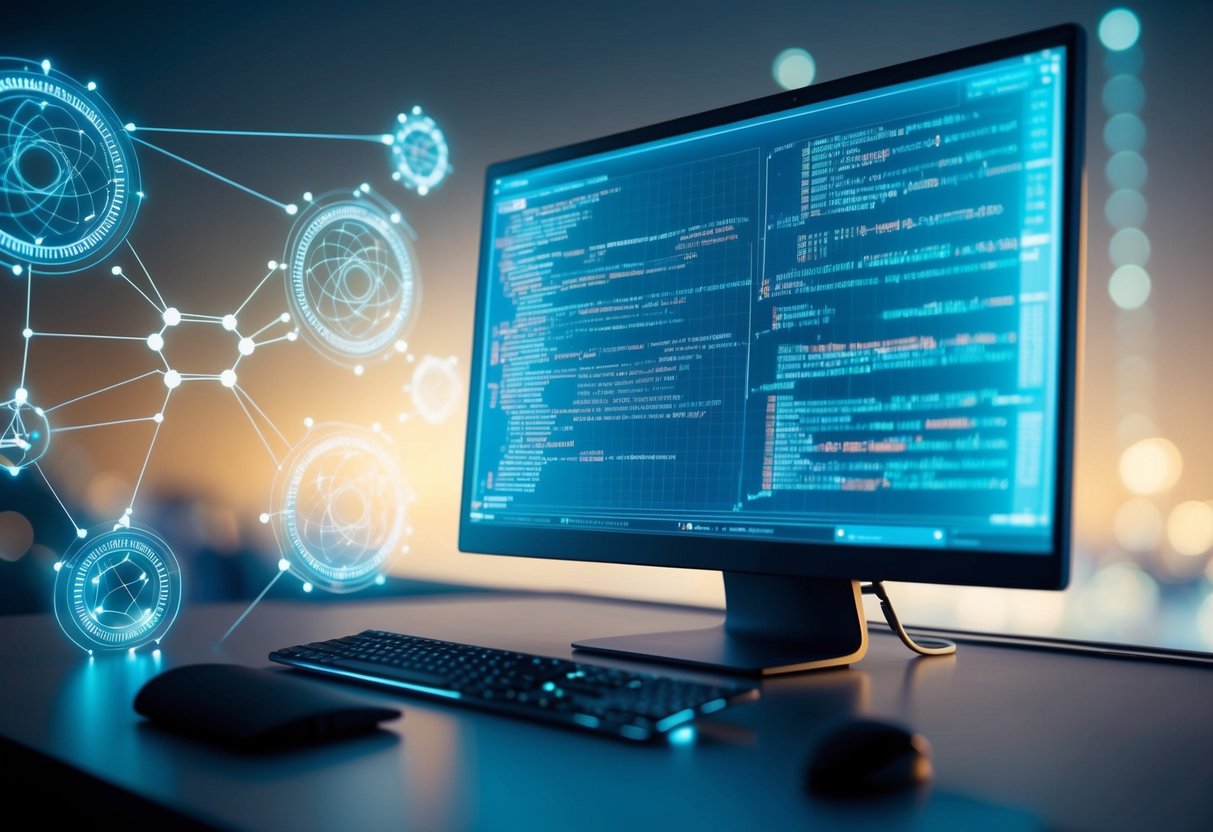
Advancements in Quantum Hardware
Advancements in quantum hardware have been pivotal in realizing practical quantum computing. Trapped ions and superconducting qubits are two leading technologies in this space. Trapped ions use electromagnetic fields to confine charged particles, manipulating them with laser beams to perform computations. This method offers high levels of precision and coherence.
Superconducting qubits, utilized by many leading companies, rely on superconducting circuits that can quickly switch between states. This approach allows for integration into existing semiconductor technologies, making it a popular choice. These advances are key to increasing the reliability and scalability of quantum computers, addressing critical hurdles in their development.
NISQ Era and Beyond
The NISQ era, short for Noisy Intermediate-Scale Quantum, refers to a period where quantum computers are powerful yet still prone to errors due to noise. While they cannot yet achieve full quantum supremacy, these devices can perform some computations beyond the scope of classical computers. Researchers are focused on refining algorithms and error correction techniques to maximize their potential.
Looking beyond the NISQ period, the aim is to develop fault-tolerant quantum computers that can operate error-free. This would enable broader applications and establish quantum computing as a mainstream technology. The pursuit of error correction and increased qubit coherence is essential, as these factors will shape the future capabilities of quantum machines.
Quantum Programming Language Development
Quantum programming language development has advanced significantly, driven by the need for more efficient quantum simulations and computations. Early attempts laid the foundation, leading to sophisticated languages and frameworks like Q#, Qiskit, and ProjectQ, each designed to accommodate the unique aspects of quantum computing.
Historical Overview
The history of quantum programming languages began with the introduction of theoretical models that attempted to bridge the gap between classical and quantum computing. Efforts to formalize these models led to the creation of QCL (Quantum Computation Language). QCL was among the first languages designed specifically for quantum algorithms, enabling researchers to explore quantum mechanics principles computationally.
As the field matured, additional languages emerged, offering improved abstraction and greater usability. The development of quantum programming languages has paralleled advancements in quantum computing hardware, playing a crucial role in driving research and innovation within the field.
Current Quantum Programming Languages
Today’s landscape features several prominent quantum programming languages, each bringing its own strengths. Q# by Microsoft focuses on integration within the existing technology ecosystem, offering an intuitive approach for developers familiar with classical languages. Qiskit, developed by IBM, provides powerful tools for building quantum algorithms, offering flexibility and extensive libraries to support research and education.
ProjectQ adds to this diversity by offering a platform for high-level quantum programming, allowing users to translate quantum programs into instructions compatible with any quantum hardware backend. These languages enable developers to implement complex quantum algorithms, paving the way for new solutions and advancements in technology.
The Role of High-Level Languages

High-level languages have ushered in a new stage in quantum programming, emphasizing accessibility, ease of use, and integration capabilities. They help bridge the gap between theoretical quantum concepts and practical implementation.
Python in Quantum Programming
Python has become a cornerstone in quantum programming due to its versatility and readability. As a popular high-level language, it offers a vast ecosystem of libraries and frameworks that streamline the development of quantum applications. Developers often leverage Cirq, a Python library designed to express and manipulate quantum circuits, to work with quantum tasks seamlessly.
Python allows for the combination of classical and quantum computing elements. Jupyter Notebooks serve as an interactive platform for exploring quantum circuits and algorithms, opening new avenues for education and collaborative development in the quantum field. The integration of Python with quantum simulators and hardware also facilitates experimentation, making it easier for researchers and developers to test and refine quantum algorithms.